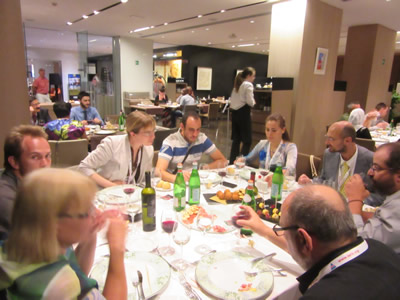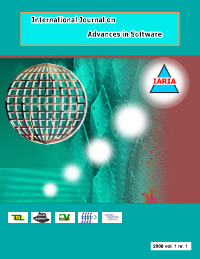VEHICULAR 2019 - The Eighth International Conference on Advances in Vehicular Systems, Technologies and Applications
June 30, 2019 - July 04, 2019
VEHICULAR 2019: Tutorials
Cognitive Technologies in 5G Slicing Management and Control
Prof. Dr. Eugen Borcoci, University "Politehnica" Bucharest, Romania
Prerequisites: general knowledge on IP layered architectures, protocols, networks and services management, introductory knowledge on 4G/5G, SDN, ETSI-NFV, Cloud/Fog computing.
The 5G (fifth generation) networks offer a large range of capabilities like high capacity, broadband access, high number of terminals, flexibility, dense deployments, low response time, low energy consumption, end-to-end (E2E) services, multi-tenancy, multi-domain and so on. 5G can support a lot of services and applications such as broadband mobile applications, massive Internet of things, machine-type communications, mission critical, ultra-high reliability and low latency applications, content–oriented services, vehicular applications, e-health, etc.
A major and novel concept in 5G is “slicing”, i.e., creation of customized logical and isolated networks, enabling resource sharing among multiple tenants, network operators and/or services. The slices are created by provisioning or on demand; they can span several network segments (access, core, transport) over multiple technological or administrative domains and multi-operator environments, offering full E2E capabilities. Powerful complementary technologies allow softwarization and programmability, like Software Defined Networking (SDN), Network Function Virtualization (NFV) and cloud/fog/edge computing; they are naturally embedded in 5G architectures. A complex management and control (M&C) system for 5G network slicing is currently in development, mainly derived from ETSI Management and Orchestration (MANO) framework with additional specific novel modules. The MANO coordinates the creation and lifecycle management of virtual network slices.
The M&C system should react in real - time, based on a hierarchy of complex decision making techniques that analyse historical, temporal and frequency network data. That is why, cognitive network management technologies are recently proposed to be added to M&C, in order to enhance the self-aware, self-configuring, self-optimization, self-healing and self-protecting characteristics of the overall system. Generally, self – organizing – networks (SON) capabilities are aimed. This tutorial presents the cases where the use of machine learning is justified in 5G slicing architectures and specific classes of learning algorithms that are efficient. The presentation describes the general technical concepts, and classes of autonomic management functions where ML is attractive to be applied.
A Digital Anatomy of Robotkind and Humankind Coexisting Society
Moderator: Prof. Dr. Petre Dini, IARIA, USA
List of themes under discussion
- Towards robotics/evaluation scale of evolution speed
- Healthcare
- Food/agriculture/lifestok
- Vehicular advances
- Drones dynasty
- Mobility-as-a-Service
- Optimizations at-large
- Societal issues/technology
- Social issues/society
- Information/knowledge issues
- Humans and Robots co-existing Future Society



























































